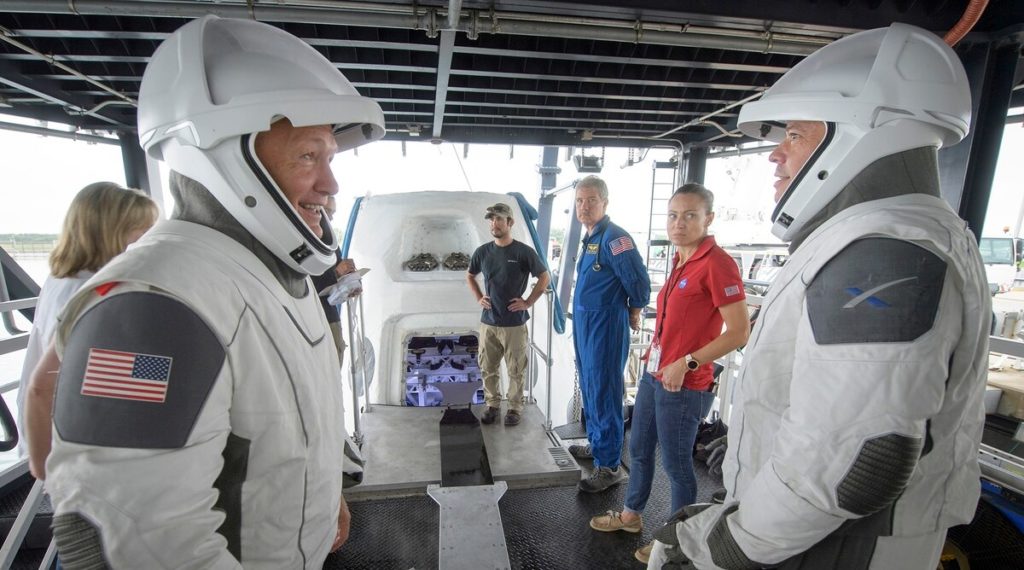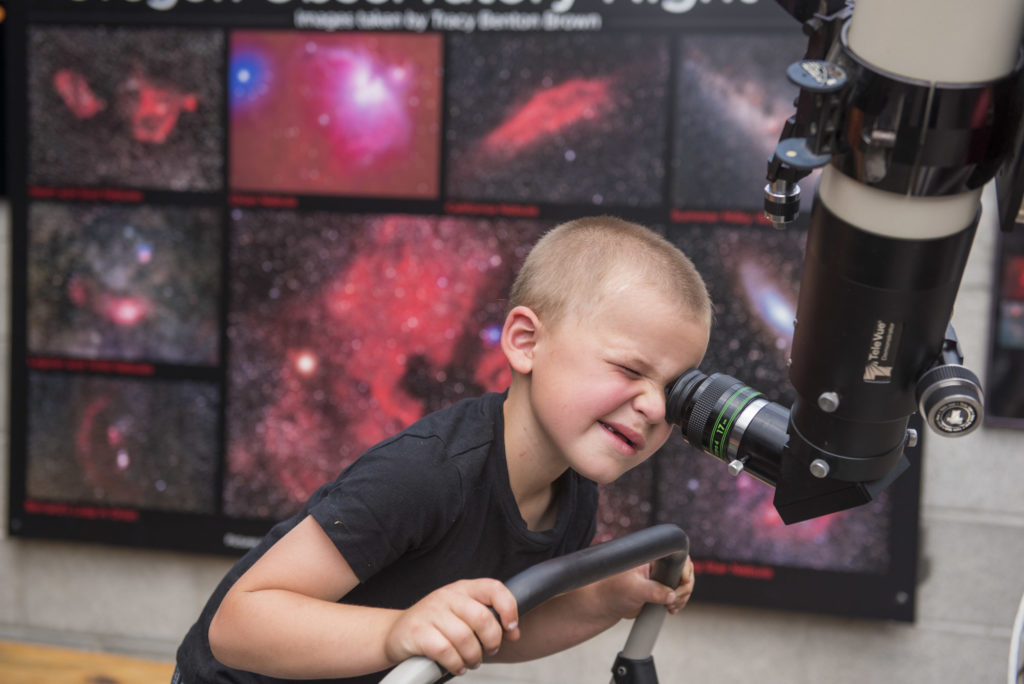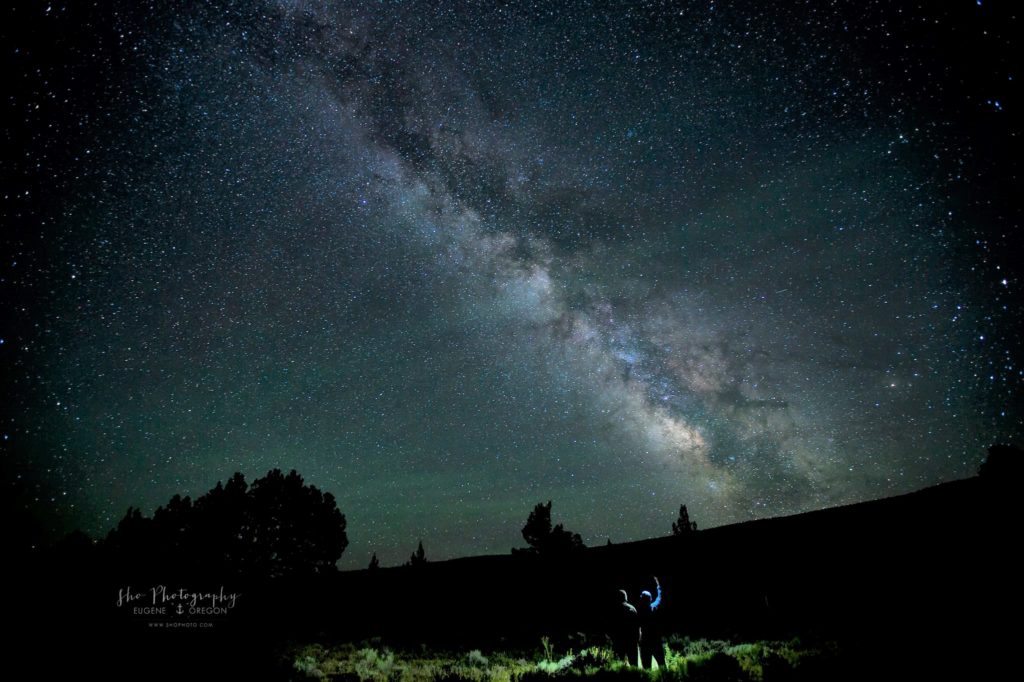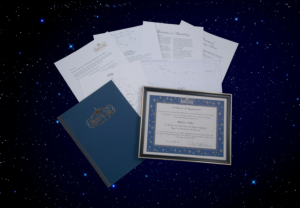Want to have fun with your kids on Father’s Day? Make a game out of viewing objects in the night sky. It can be silly or serious, depending on the age and interest of you children. Try Night Sky I Spy.
The “spy” names a constellation or prominent star and says something like “I spy with my little eye a Big Dipper, where is it?” or “I spy an elephant, where is it?” The players then try to point out what the “spy” sees. If you need some help recognizing summer constellations, check out Sky At Night Magazine.
You can even surprise dad with his own star from Name a Star. Name a star for him, then the whole family can have fun looking for his star.
For the best star viewing, take the family camping away from city lights. Most people scamper for bed after the campfire burns down to embers. Instead lean back, look up, and marvel at the beautiful universe of stars displayed above. Relax and take joy in the successful SpaceX mission to the International Space Station.
The International Space Station literally shines as bright as a star and raises one’s focus upward out of the craziness of today’s world. You might also spot the International Space Station. It is exciting to know that the first two NASA astronauts to launch from Kennedy Space Center in nearly a decade just arrived. Give them a wave as they pass by.
Keep Looking Up!





